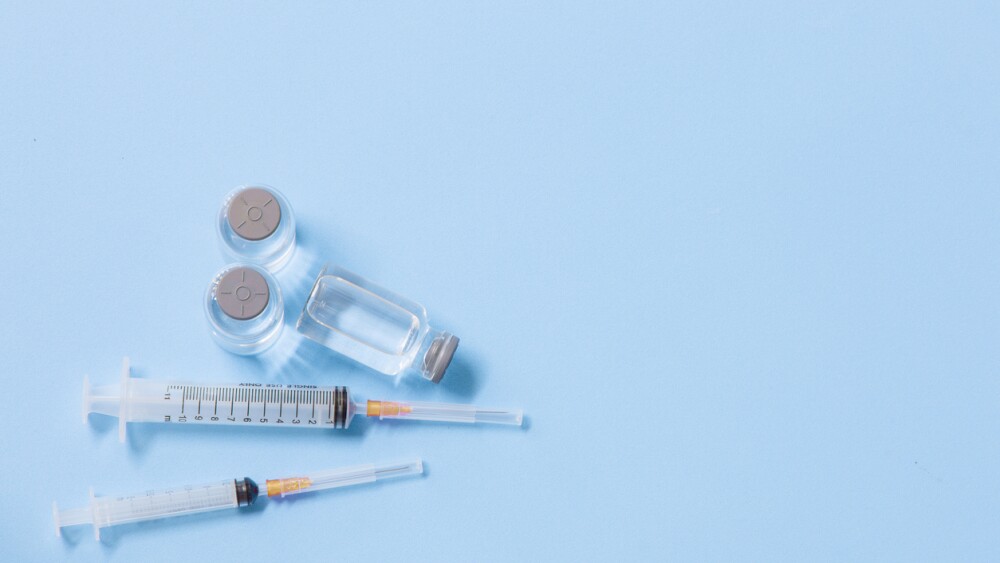Shares of Rapport Therapeutics popped Monday morning after Phase IIa data for RAP-219 exceeded analyst and Wall Street expectations, reducing seizures by almost 78% in patients with drug-resistant focal onset seizures.
There’s nothing like starting the week with a good “rapport.” Shares of bi-coastal biotech Rapport Therapeutics gained more than $25 in value Monday morning, a nearly 180% rise, after Phase II data showed its investigative therapy reduced seizures by nearly 78% in patients with focal epilepsy. Analysts called the results impressive and heralded the readout as a “best case scenario.”
“Impressive (+) Phase II data signals a differentiated $1 [billion]+ epilepsy pill,” Jefferies analysts wrote in a note to investors on Monday, adding that topline data from Rapport’s Phase IIa trial of RAP-219, a TARPγ8-specific AMPA receptor negative allosteric modulator, met the firm’s best-case scenario and beat street expectations.
Stifel was similarly effusive in a Monday note, writing that Rapport’s data “look like [a] best/bull case outcome.”
The trial, which enrolled 30 patients with drug-resistant focal onset seizures and an implanted responsive neurostimulation (RNS) system, met primary long episode endpoints with high statistical significance, the company said in its announcement. Patients saw a 77.8% reduction in clinical seizures, with 24% being seizure-free for the entire eight-week treatment period. RAP-219 was also “generally well-tolerated.”
According to Jefferies, RAP-219’s long episode results of 85.2% more than doubled Rapport’s target of around 40%. “Phase IIa data seems as unprecedented as can be for an open-label study on a relatively small N=30,” the analysts said in their Monday note.
With these robust data in the vault, Rapport plans to move RAP-219 into two Phase III pivotal trials in the third quarter of 2026.
“Despite the available therapies, up to 40% of patients with focal epilepsy continue to experience seizures,” Jacqueline French, principal investigator of the Phase IIa study and professor in the department of Neurology at NYU Langone Health’s Comprehensive Epilepsy Center, said in a statement.
French noted that this trial was the first to test a novel antiseizure medication in focal seizure patients using the RNS system with an objective biomarker of seizure activity. “The magnitude of the reduction in clinical seizure frequency seen in this trial, and the corroboration of the clinical activity from the objective biomarker, give me confidence that a medication like RAP-219 has the potential to be a highly effective [anti-seizure medicine] for drug-resistant focal seizure patients,” she said.
Looking ahead to Phase III, Stifel offered the caveat that there will be some differences in the trial population, “the importance of which is debatable,” but said “the bottom line is these data far exceed expectations, whereas safety/tolerability looks in-line vs widely prescribed anti-seizure medications.”
Jefferies concluded that, “Net-net, we think RAP-219 has attributes of a top-selling focal epilepsy pill.”






